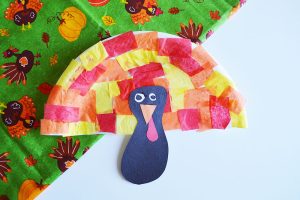
20 Snowman Crafts
Who wants to build a snowman? We do! This week we’ve rounded up some snowman crafts and activities. Each link contains a fun…
Handwriting is so important to each of us. Our signature marks our unique impression of agreement or approval on a document. There have been many arguments lately on whether to teach our children the skill of cursive handwriting. While many feel it’s not necessary, others say that the skill is critical to for building brain connections and should be taught. I love this article on 5 Brain-Based Reasons to teach handwriting in school.
I’m often asked the question, ‘where to start teaching our children writing and when?’
So, most kids do not (or can not) learn to write the alphabet in order. Think about the order in which writing strokes come……..Letters with vertical lines come first, like I and then those with vertical and horizontal lines come next, like T. Finally, diagonal letters come last, like X, M, N, Z.
Did you know that children need to be able to identify letters BEFORE they can write them? It’s true! Many kids can trace or imitate drawing a letter with a model or example, but to actually write the letter from memory, they need to identify the letter and choose it from others. How do you test this? Write three letters (A, T, Z) on paper and ask your child which is the letter A. If she can identify the letter, then she may be able to independently write it.
At which ages should each handwriting stroke begin? A fellow OT friend, Heather of Growing Hands on Kids has created a wonderful FREE download for you. Click HERE or on the picture below.
Remember that there are so many ways to work on fine motor coordination WITHOUT A PENCIL! Watch this video for quick and easy ideas to work on fine motor in YOUR home.



